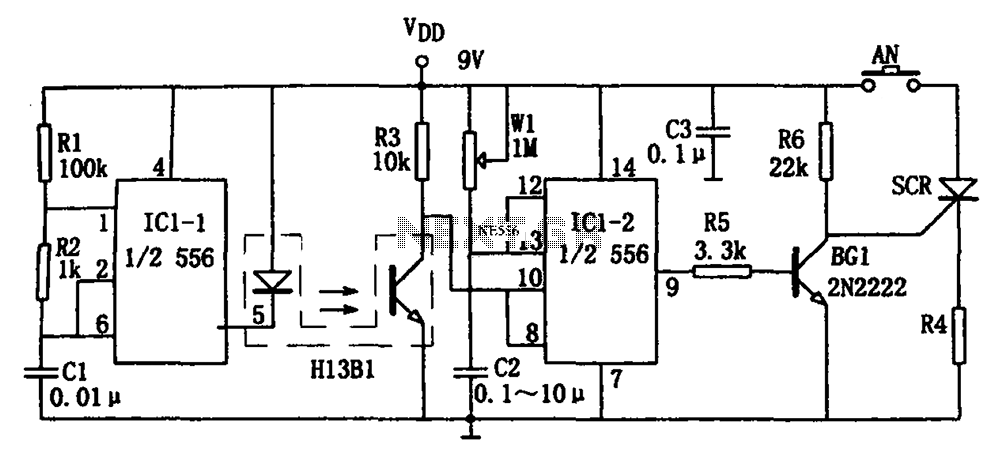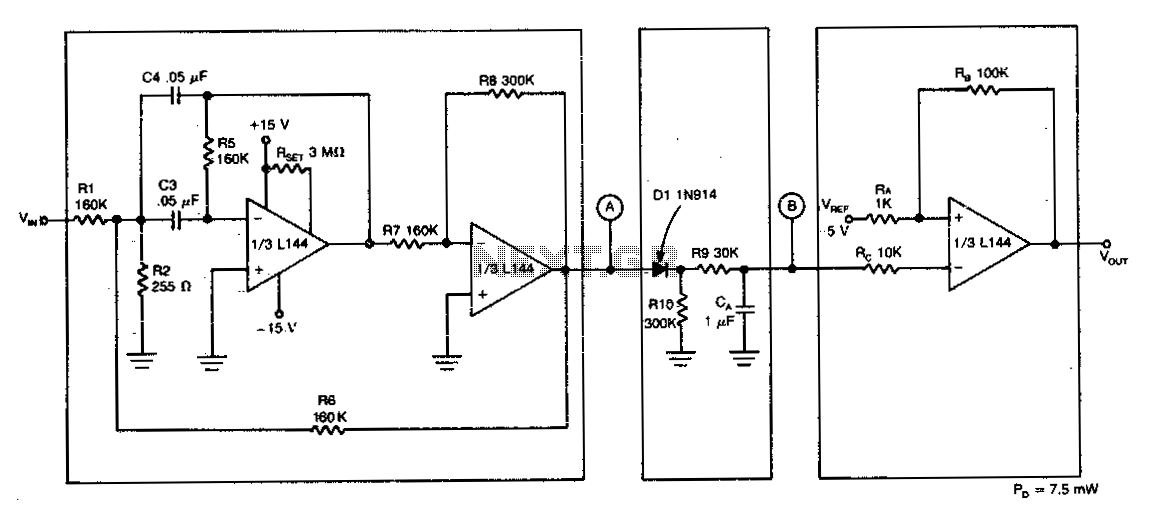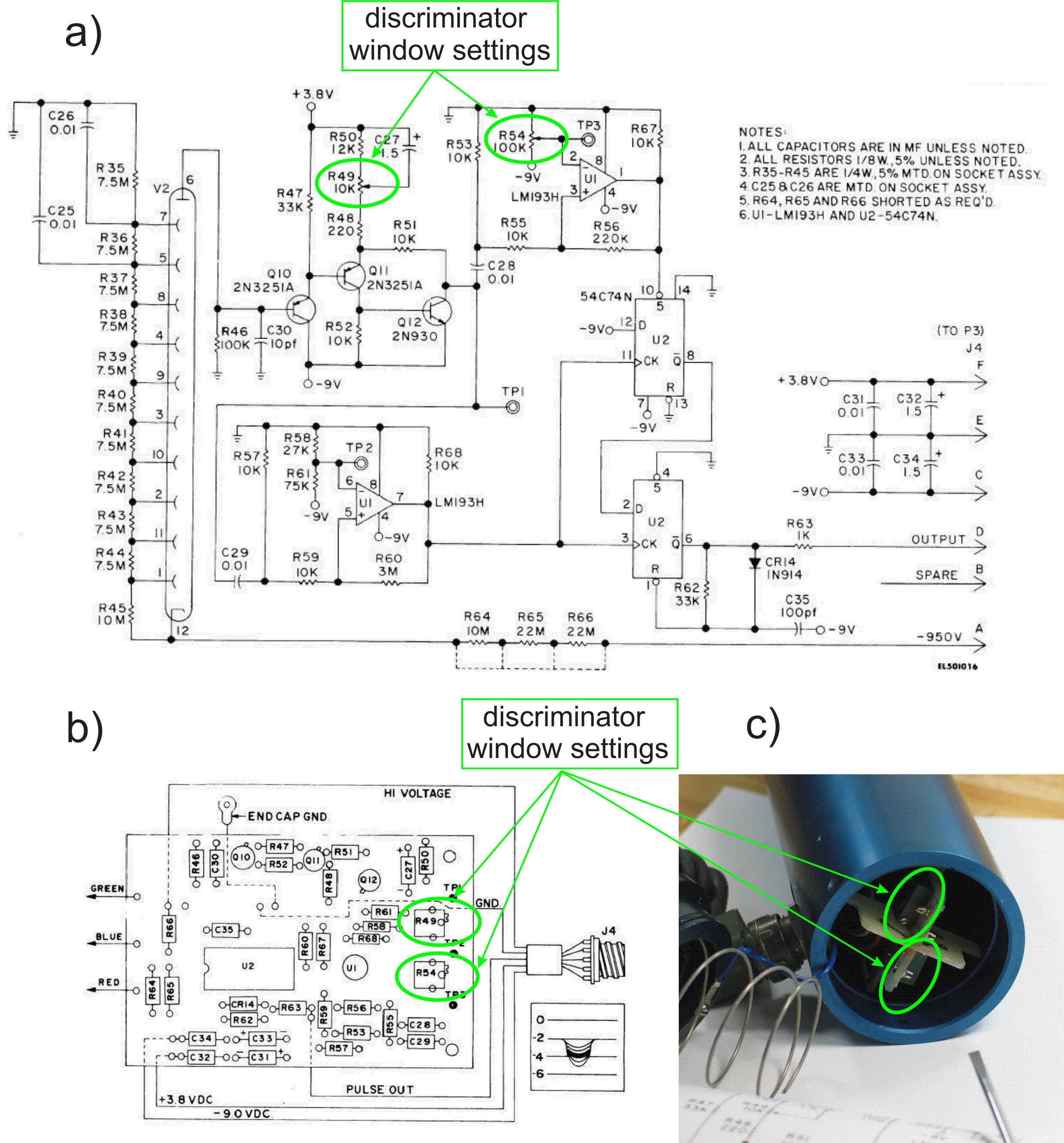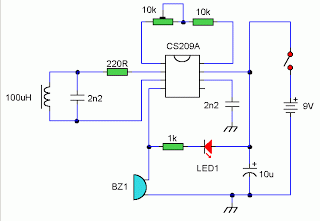
Photoelectric Smoke Detector
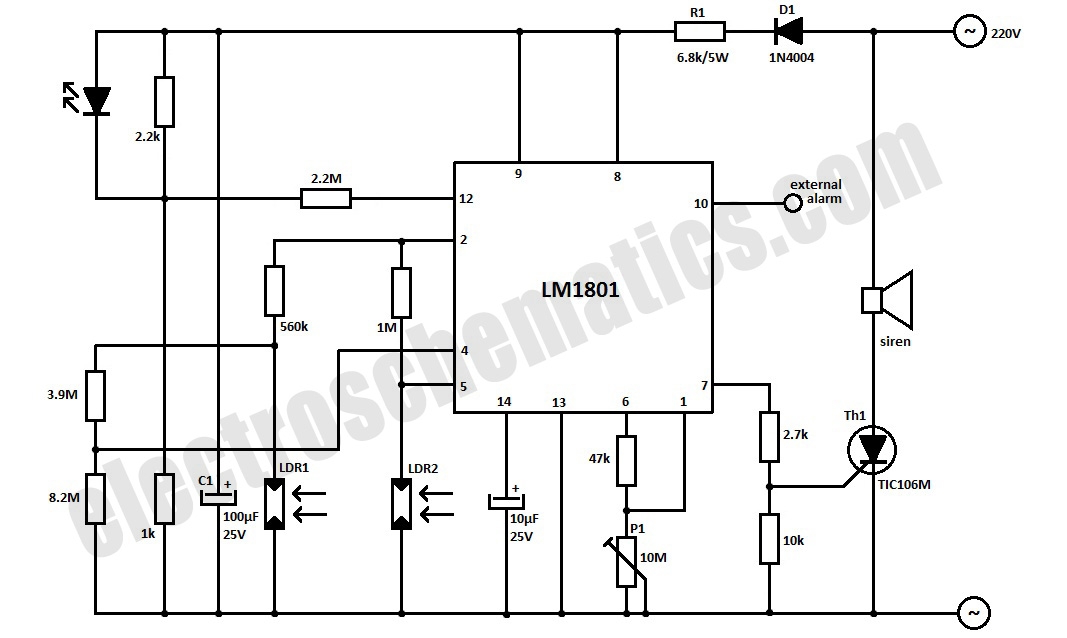
This photoelectric smoke detector circuit utilizes one LED and two light-dependent resistors (LDRs) to detect smoke and activate an alarm. The LM1801 integrated circuit is the optimal choice for this application.
The photoelectric smoke detector circuit operates based on the principle of light scattering. In this design, an LED emits light that is directed towards the two LDRs positioned in the detection chamber. Under normal conditions, the light from the LED does not reach the LDRs as it is not scattered. However, when smoke particles enter the chamber, they scatter the light emitted by the LED, causing a change in the light intensity detected by the LDRs.
The LM1801 IC plays a crucial role in processing the signals from the LDRs. It is designed to compare the voltage levels generated by the LDRs against a predefined threshold. When the smoke presence alters the light intensity, the voltage across the LDRs changes, triggering the LM1801 to activate an alarm. This alarm can be implemented using a piezo buzzer or any other suitable sound-generating device.
In terms of circuit components, the LED should be selected for its appropriate wavelength to ensure effective scattering by smoke particles. The LDRs must be chosen based on their sensitivity to the light emitted by the LED, ensuring they can detect even subtle changes in light intensity. Additional components such as resistors and capacitors may be included to stabilize the circuit and filter out noise, enhancing the reliability of the smoke detection.
Power supply considerations are also important; the circuit should be designed to operate efficiently with a suitable voltage source, ensuring that the LM1801 IC and the LED function optimally. Overall, this smoke detector circuit is a practical application of photoelectric principles, providing an essential safety feature for various environments.This photoelectric smoke detector circuit uses one LED and 2 LDRs to detect the smoke and sound an alarm. The LM1801 IC is the best choice for this circuit.. 🔗 External reference
The photoelectric smoke detector circuit operates based on the principle of light scattering. In this design, an LED emits light that is directed towards the two LDRs positioned in the detection chamber. Under normal conditions, the light from the LED does not reach the LDRs as it is not scattered. However, when smoke particles enter the chamber, they scatter the light emitted by the LED, causing a change in the light intensity detected by the LDRs.
The LM1801 IC plays a crucial role in processing the signals from the LDRs. It is designed to compare the voltage levels generated by the LDRs against a predefined threshold. When the smoke presence alters the light intensity, the voltage across the LDRs changes, triggering the LM1801 to activate an alarm. This alarm can be implemented using a piezo buzzer or any other suitable sound-generating device.
In terms of circuit components, the LED should be selected for its appropriate wavelength to ensure effective scattering by smoke particles. The LDRs must be chosen based on their sensitivity to the light emitted by the LED, ensuring they can detect even subtle changes in light intensity. Additional components such as resistors and capacitors may be included to stabilize the circuit and filter out noise, enhancing the reliability of the smoke detection.
Power supply considerations are also important; the circuit should be designed to operate efficiently with a suitable voltage source, ensuring that the LM1801 IC and the LED function optimally. Overall, this smoke detector circuit is a practical application of photoelectric principles, providing an essential safety feature for various environments.This photoelectric smoke detector circuit uses one LED and 2 LDRs to detect the smoke and sound an alarm. The LM1801 IC is the best choice for this circuit.. 🔗 External reference

